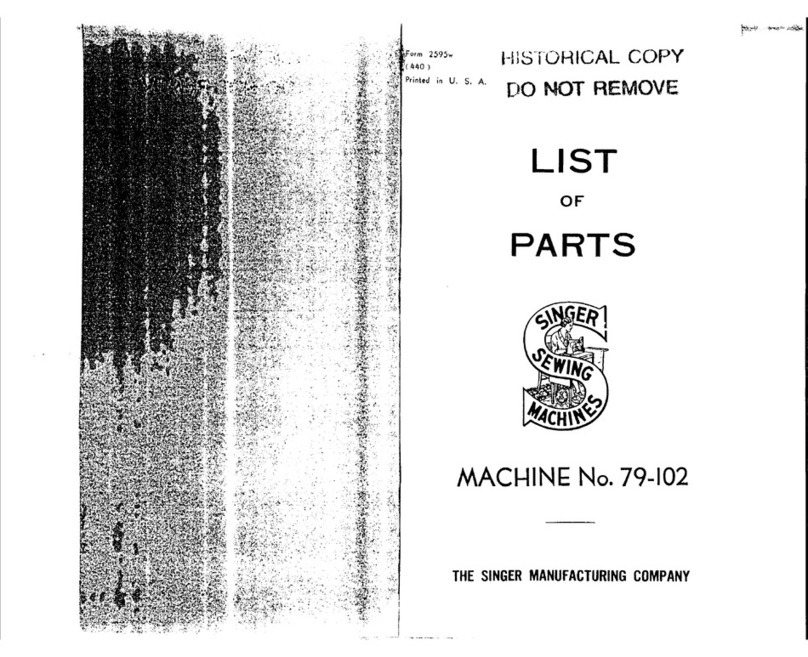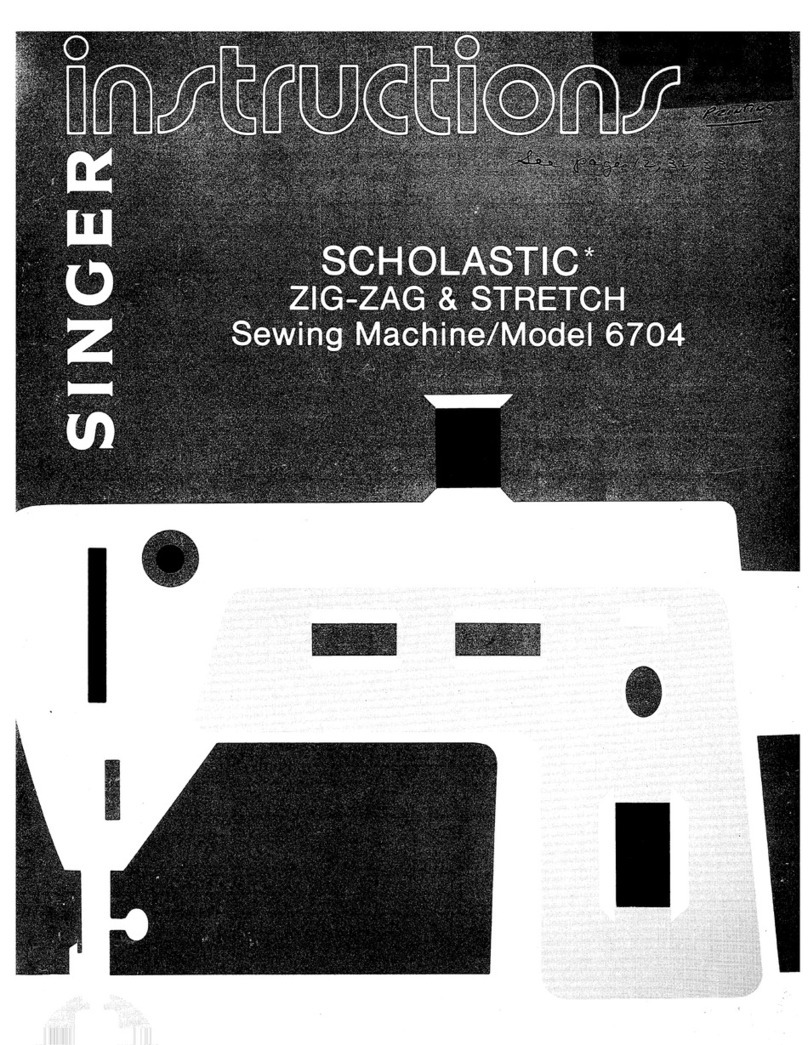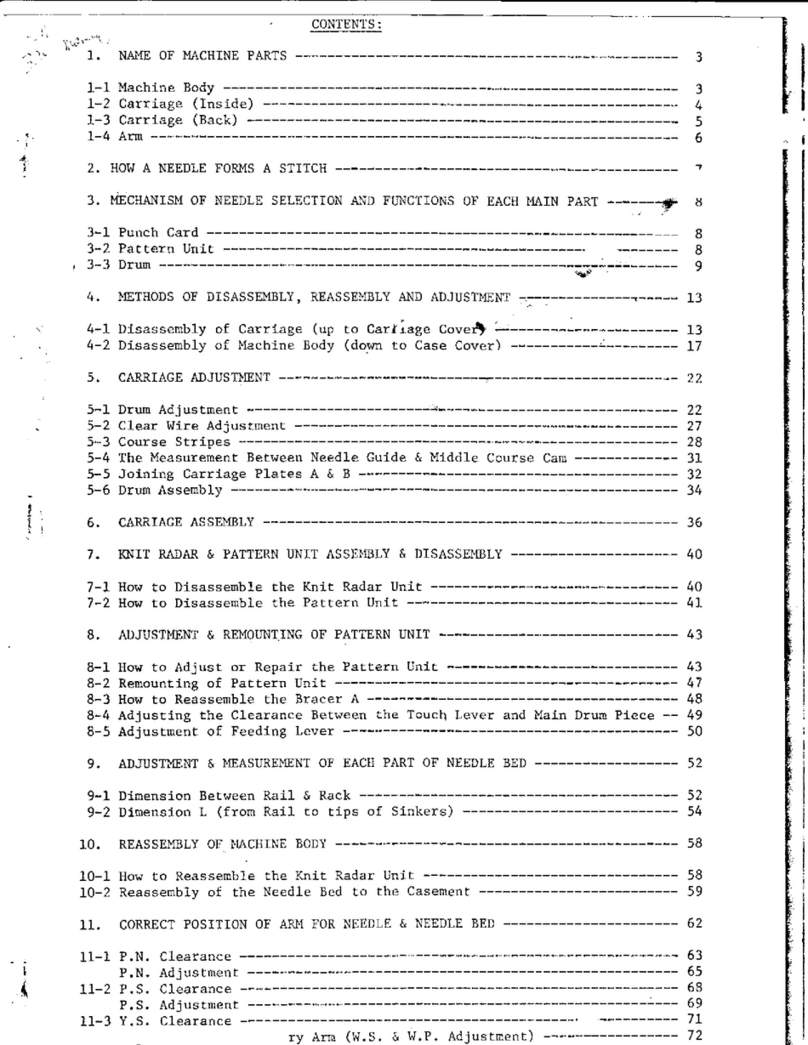Singer 160 User manual
Other Singer Sewing Machine manuals

Singer
Singer C7290Q User manual
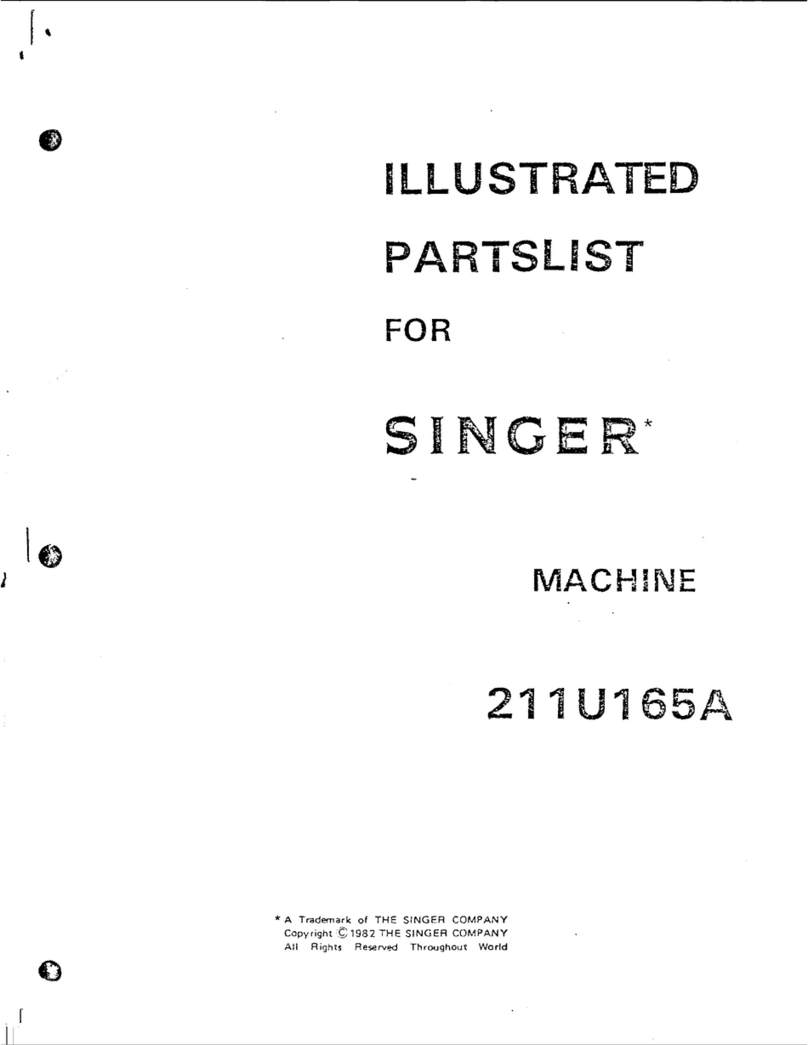
Singer
Singer 211U165A Setup guide
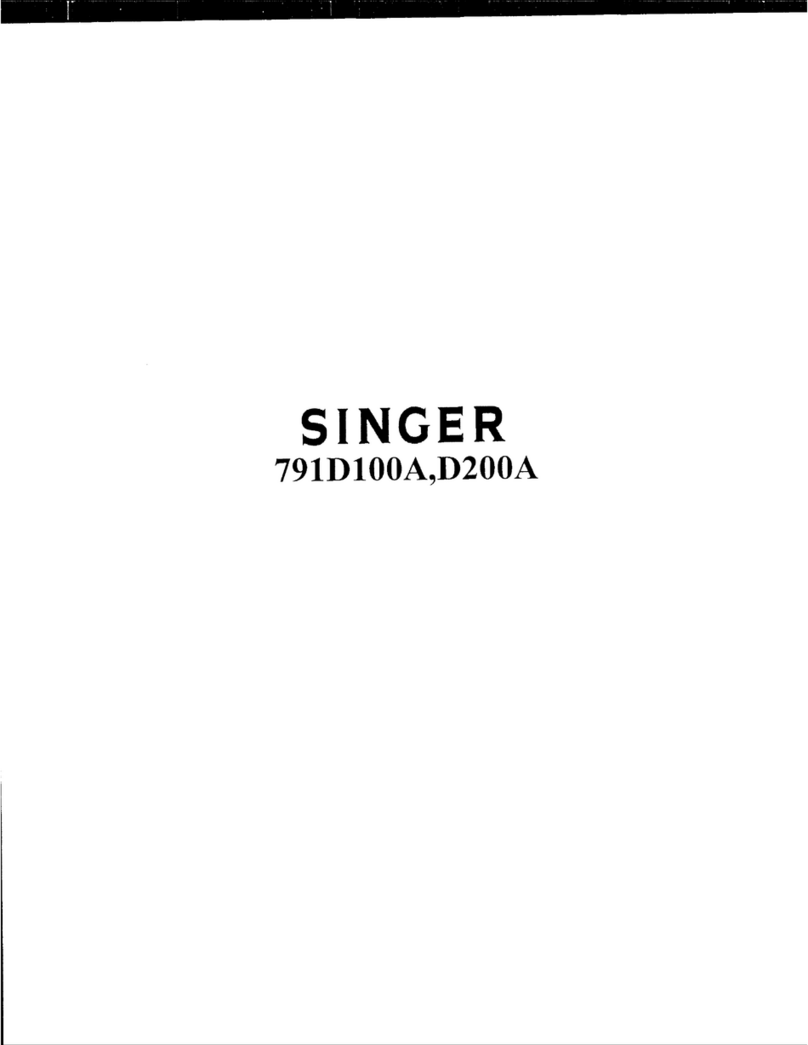
Singer
Singer 791D100A User manual
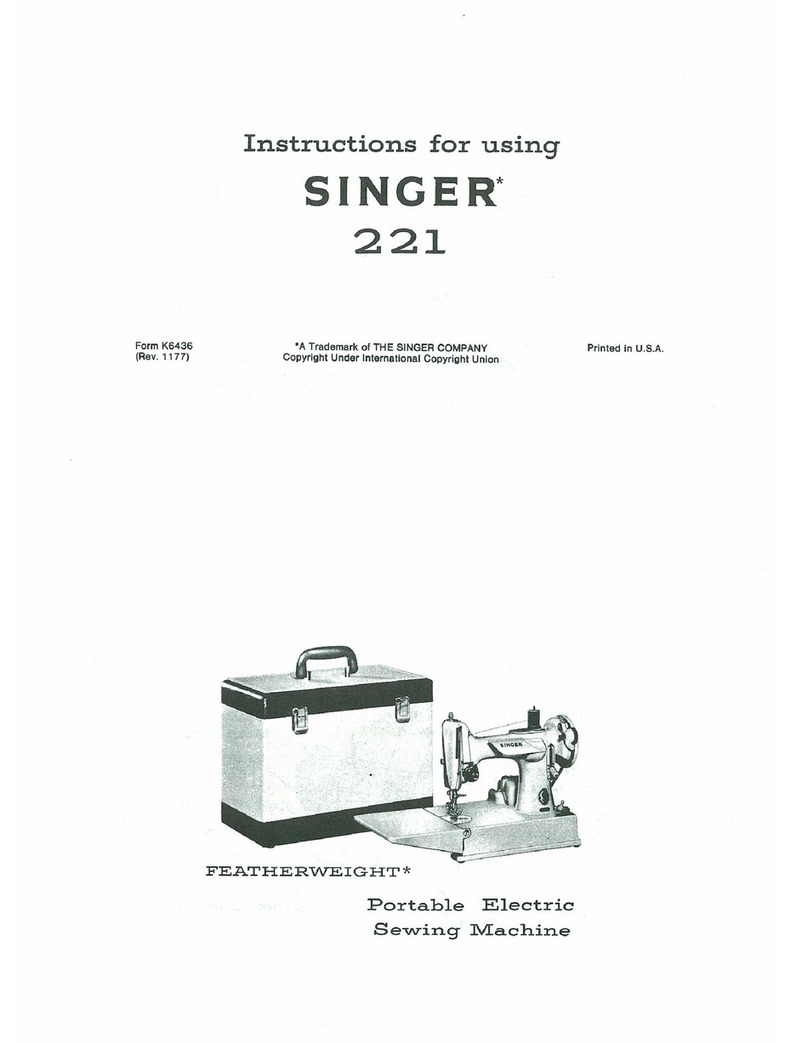
Singer
Singer 221 Installation and operation manual

Singer
Singer 250 Series User manual

Singer
Singer Simple 3221 User manual
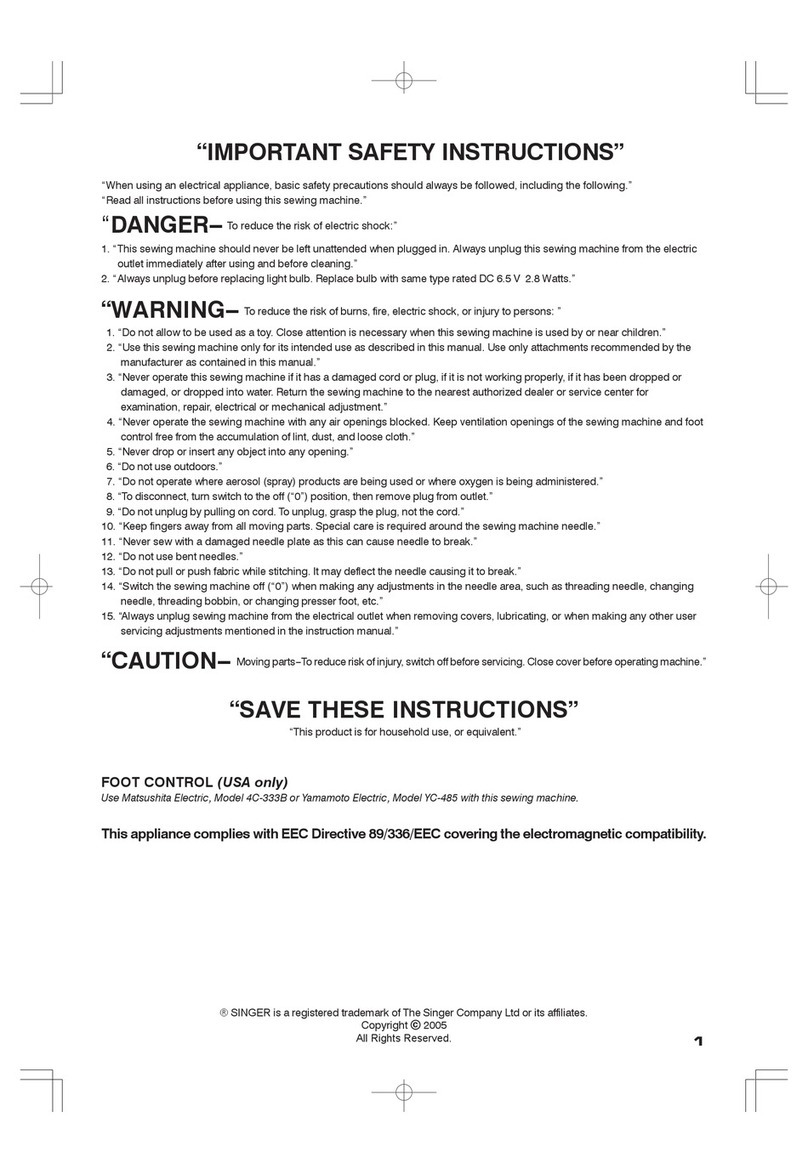
Singer
Singer FUTURA CE-200 User manual
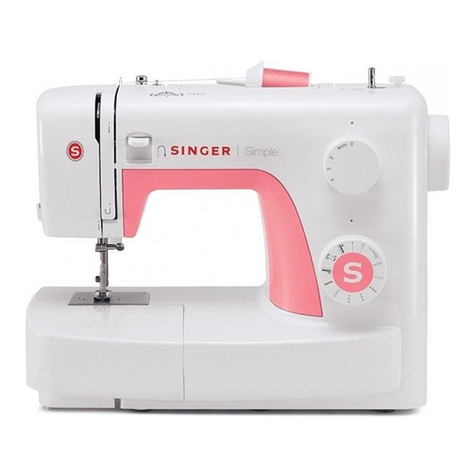
Singer
Singer 3210 User manual
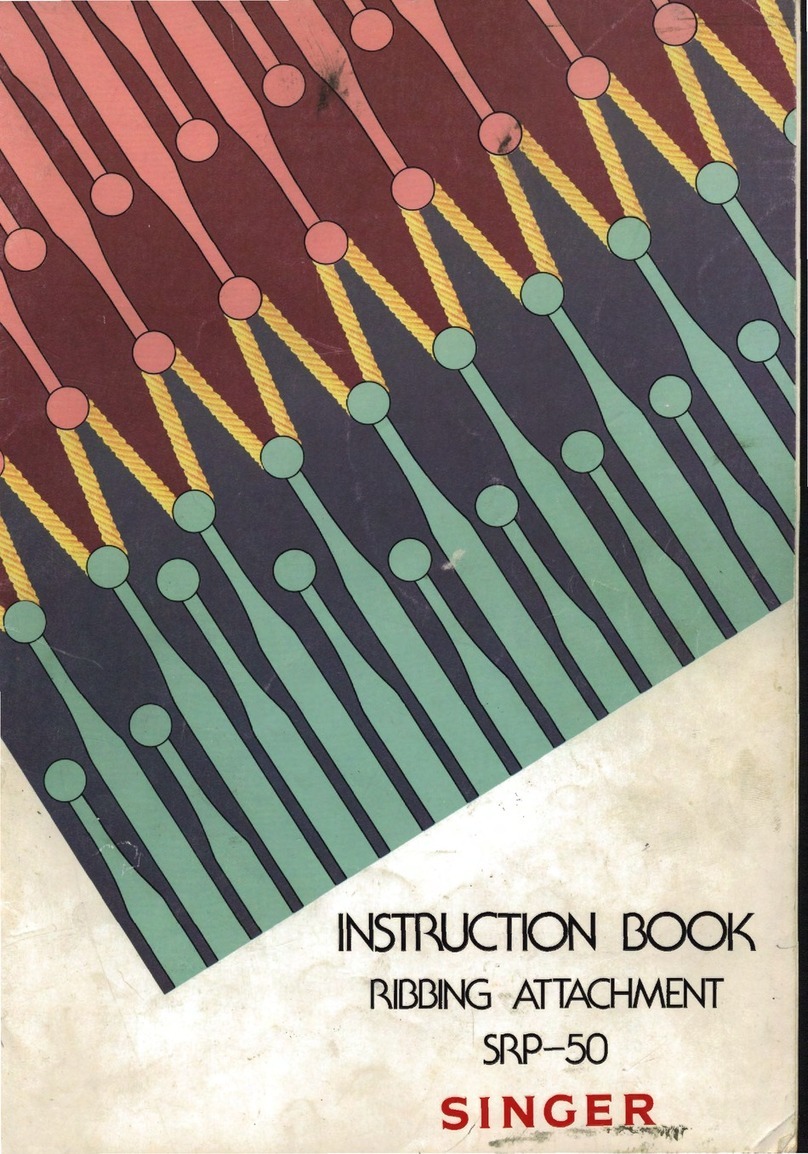
Singer
Singer SRP-50 User manual

Singer
Singer 81U86 User manual
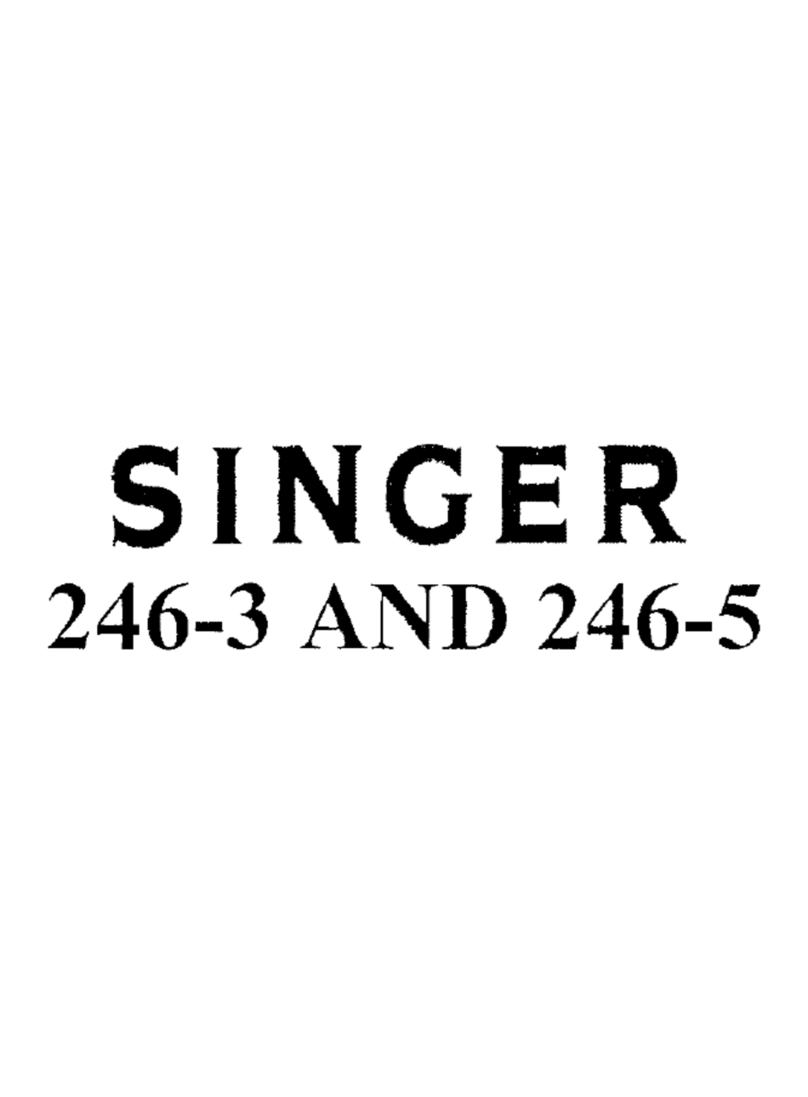
Singer
Singer 246-3 User manual
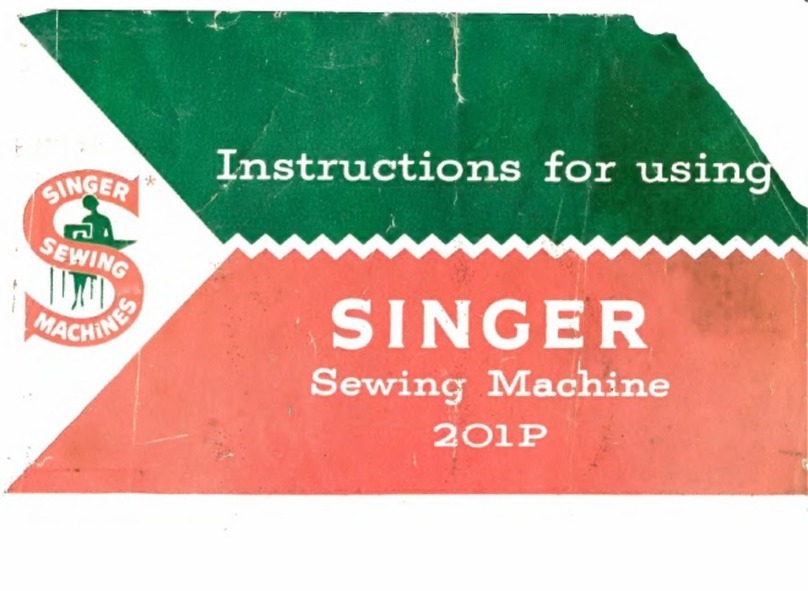
Singer
Singer 201P Installation and operation manual

Singer
Singer 5800 Series User manual
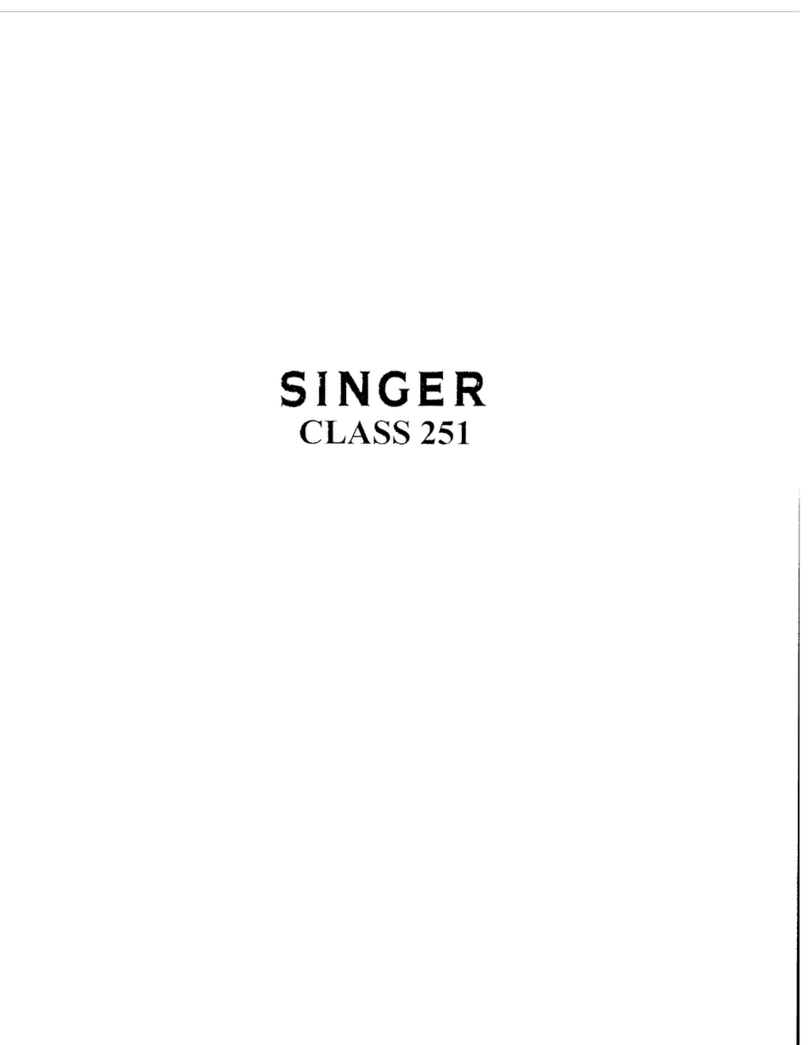
Singer
Singer 251 User manual
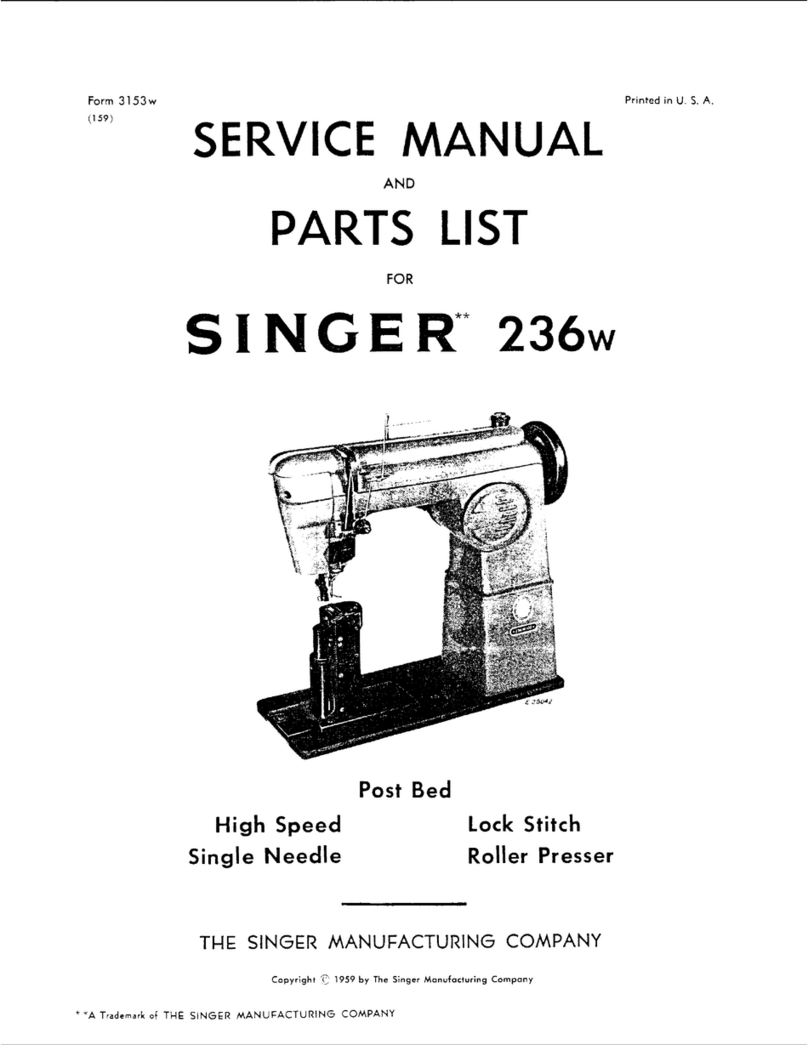
Singer
Singer 236W Troubleshooting guide

Singer
Singer 626 User manual
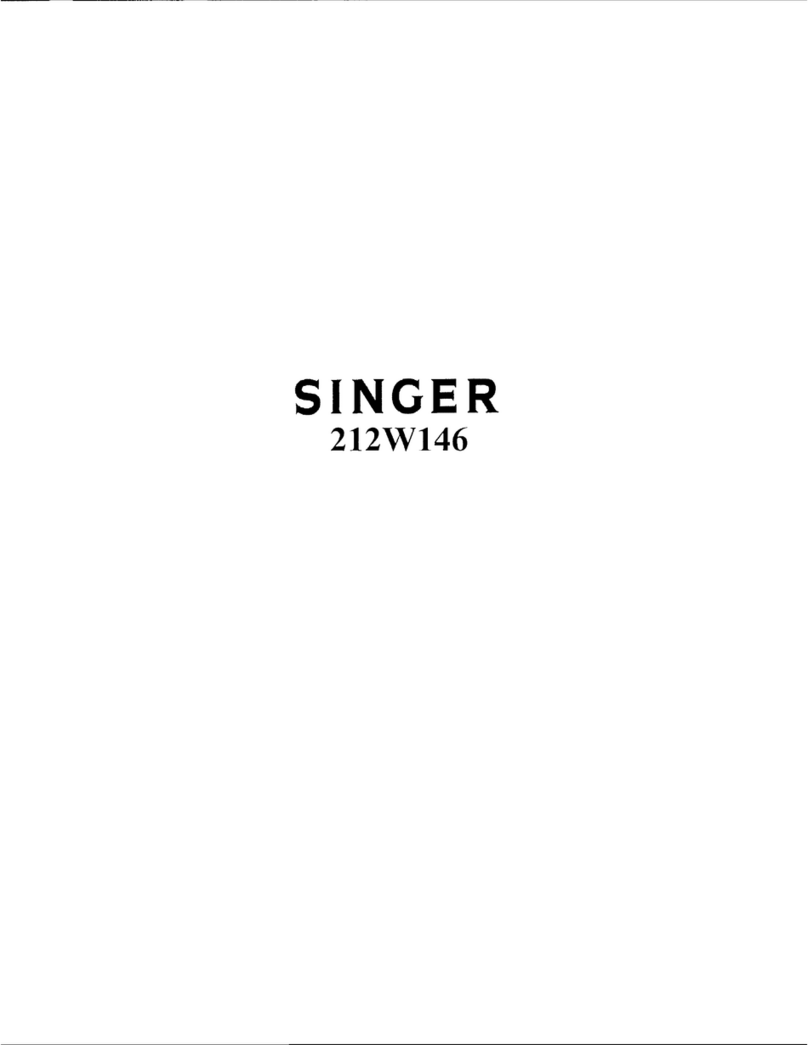
Singer
Singer 212W146 User manual

Singer
Singer 211G146 User manual
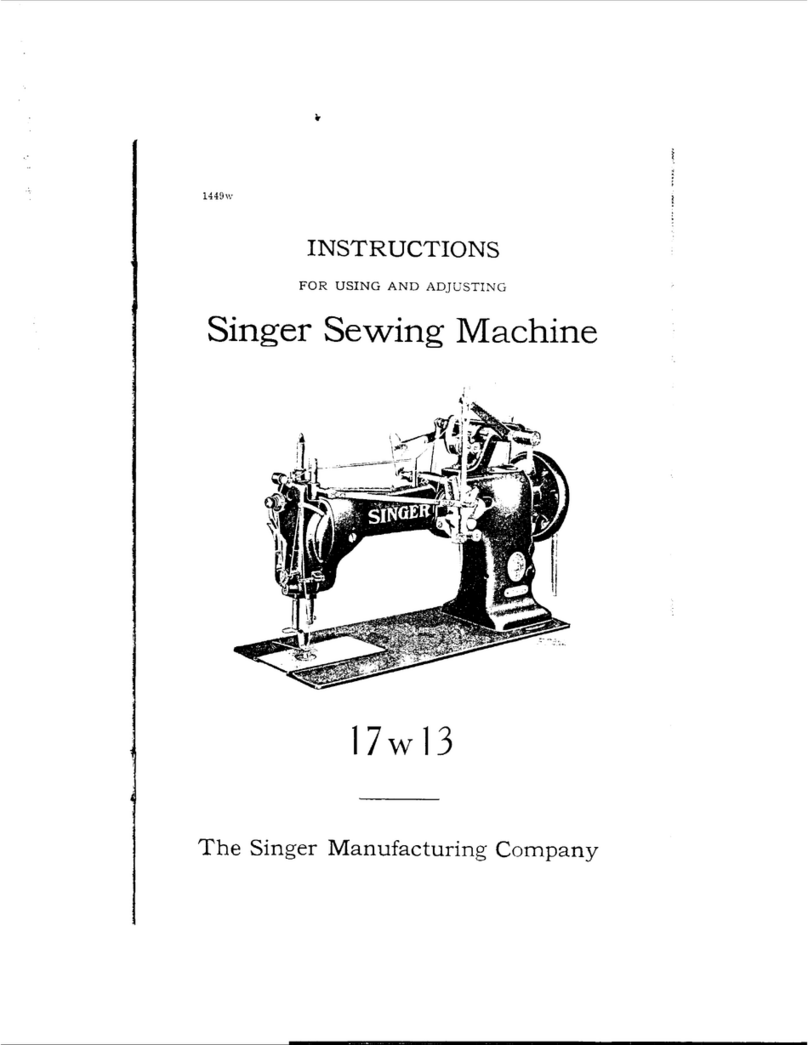
Singer
Singer 17W13 User manual
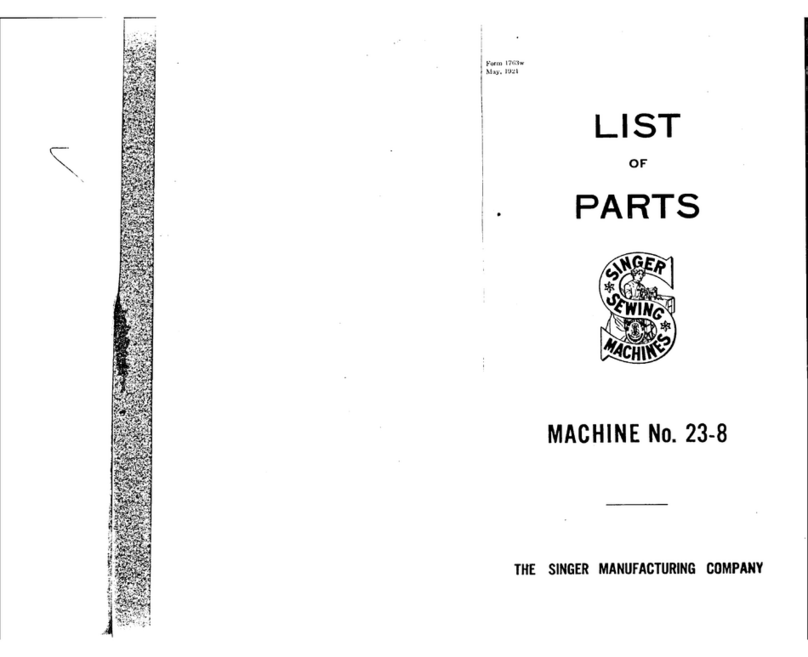
Singer
Singer 23-8 User manual
